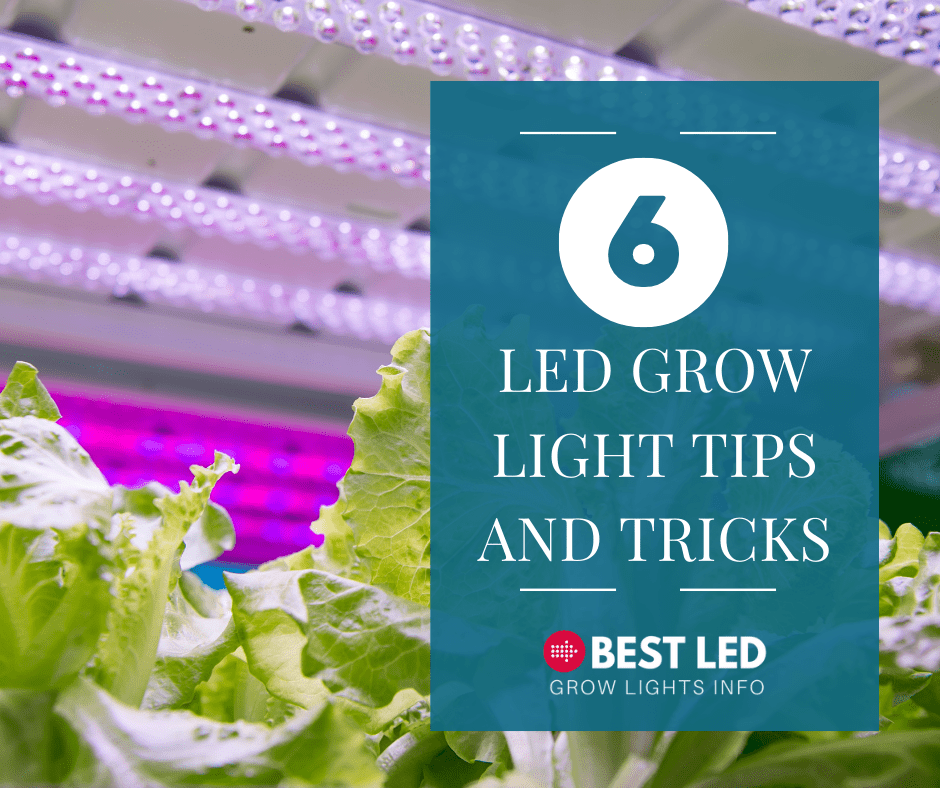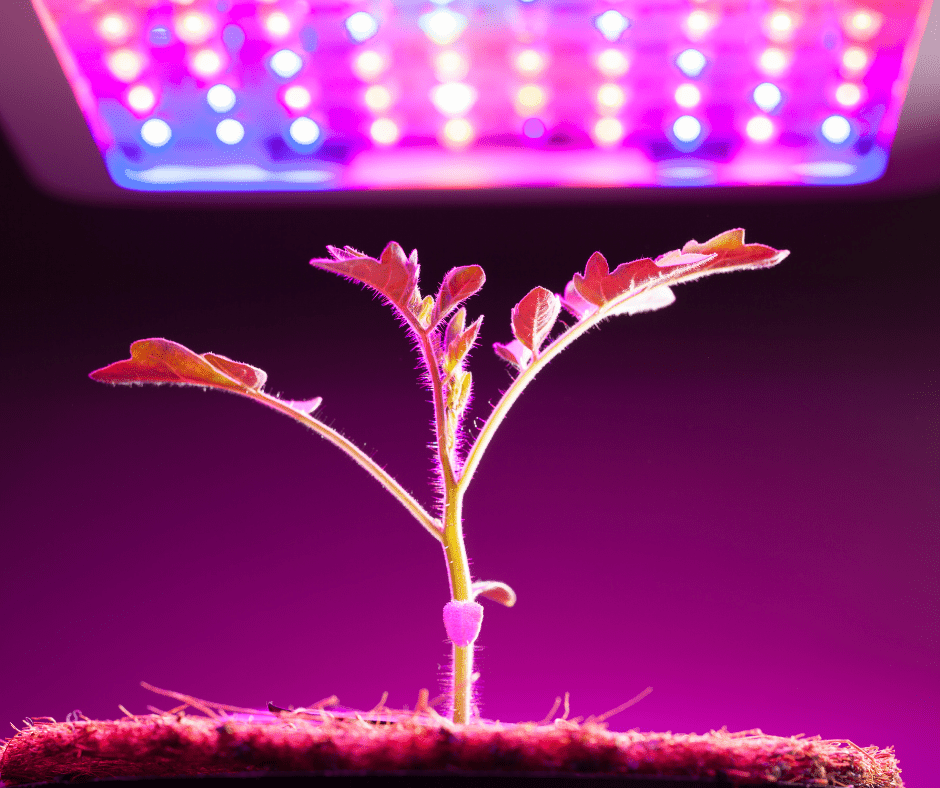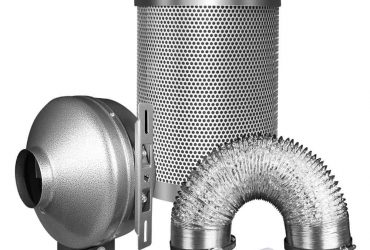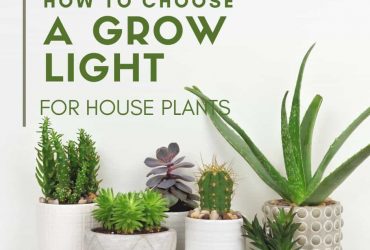6 LED Grow Light Tips and Tricks
Indoor gardening gives you the chance to grow fresh herbs, vegetables, and fruits year-round. But your level of success is highly dependent on your lighting. With the right LED lighting and grow light tips and tricks, you can take your yields to the next level.
If you want to make sure your indoor garden flourishes, here are six plant grow light tips that you can start using right away.
6 LED Grow Light Tips and Tricks
1. Turn the Lights Off Regularly
When it comes to grow light tips, this one is incredibly important. Plants shouldn’t be lit all day, every day. Like most living things, they need a chance to rest.
For at least six hours each day (maybe more for certain plants), make sure your plants are in darkness. That way, you are mimicking natural day and night cycles.
If you don’t want to have to worry about manually flipping a switch on a schedule, consider investing in a timer. That way, your lights turn on and off automatically, ensuring it happens right when it should.
2. Adjust the Height as Needed
Many LED grow lights are suspended above the grow area with adjustable hanging ropes. This allows indoor gardeners to shift the light up and down. Not only does this slightly alter the coverage area, but it also impacts how much light the plants receive.
Sometimes, you’ll need to raise or lower your LED grow lights for optimal growth. For example, it may need to be lower when the plants are first sprouting from seeds. Then, as the plants grow, your LED light height has to be raised regularly to accommodate the growth of flowering plants.
If you don’t adjust the height, the lighting conditions might not be ideal. Plus, even LED grow lights put off heat. If you are wondering how far should LED grow lights be from plants, I did cover that more in-depth in another blog. If the fixture is too close to your plants, it may scorch them.
3. Have a Rotation Schedule
In most cases, the light toward the center of your LED grow light fixture is more intense than it is on the edges. If you have several plants under your grow light, then rotating them on a set schedule it a good idea. That way, each one spends some time under the center of the light.
If you don’t know how often you should rotate your plants, consider doing it weekly. This can work well for seedlings, ensuring they each get their time in the “sun.”
4. Check the Water Daily
When you use grow lights, the soil may dry out faster than it would for other houseplants or outdoor gardens. As mentioned above, light fixtures put off heat. This can lead to evaporation, sucking the moisture out of the soil.
Additionally, your indoor air conditions alter the humidity levels in comparison to outside. During the winter (if you run heaters), your home’s air can be especially dry, and that may cause the soil to dry out faster.
At least, in the beginning, check every day to see if you need to water. Then, add water as necessary, and make a note of when you need to water. After a while, if your home’s conditions stay consistent, you may be able to look less frequently and simply follow the schedule.
However, you may want to check daily again as the seasons change or when you make any alterations to the area, such as moving the LED grow light’s position. That way, you can create a new schedule that aligns with plant growth and the shifting conditions.
If you want less maintenance or if you are going to be away for more than a few days, consider a drip irrigation kit.
5. Watch the Temperature
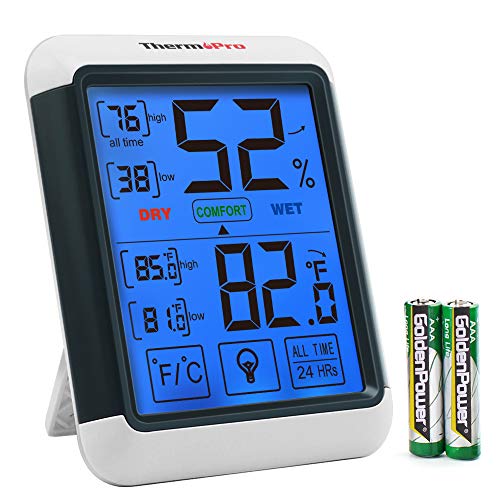
While LED grow lights don’t put off heat like HID bulbs or metal halide bulbs, they do produce some heat. This can cause the ambient temperature in your room to rise. When that happens, the temp may become less than ideal for the plants you are trying to grow.
If the room has a programmable thermostat, this may not be an issue. Your cooling system will kick on as needed, regulating the temperature. However, if a thermostat isn’t controlling the temp, you’ll need to make adjustments to ensure it stays in the right range. This could include opening and closing windows, turning air conditions on and off manually, or using other approaches.
Make sure you have a thermometer in the room at plant level. That way, you can keep an eye on the temperature and take action when the need arises. It is also useful if your thermometer includes a hygrometer to give you information about humidity and water vapor in the air.
6. Maintain and Protect Your LED Grow Lights
While LED grow lights don’t need a ton of maintenance, that doesn’t mean you can completely neglect them. Make sure to review any materials provided by the manufacturer to see if there is a maintenance schedule. If so, follow it to the letter.
Similarly, you need to review the manufacturer’s recommendations regarding the light’s operation. If it recommends using a power stabilizer, consider investing so that you get more life out of your light. If the manufacturer states that only a certain number of fixtures should be daisy-chained, don’t exceed it. Going above that number could lead to power issues, resulting in diminished performance, or could damage the fixtures, causing them to fail earlier than they should.
Bonus: Shopping for a Grow Light Tips and Tricks
When you need to purchase new LED grow lights, it’s easy to become overwhelmed by choice. However, finding your ideal artificial light option doesn’t have to be a challenge.
Begin by narrowing down what you need. Consider your coverage area as a starting point. Different lights can handle different sized growing areas, and you need to focus on ones that will work for your indoor garden.
After that, adjust to your budget. There are strong contenders at every price point, so you can find something suitable in most cases.
If you’re shopping for LED grow lights on a site like Amazon, then you might want to add more filters. For example, you may prefer to limit the results to those with 4-star and up reviews or to only those made by well-known brands.
Finally, decide which features are necessities. For example, is the ability to daisy-chain important? Are separate flowering and vegetative state light intensity settings critical for your garden?
By following the process above, you can locate the right LED grow light for your needs. Then, you can buy with confidence, knowing that you’ve covered every base.
Enjoyed this post? Pin it!
